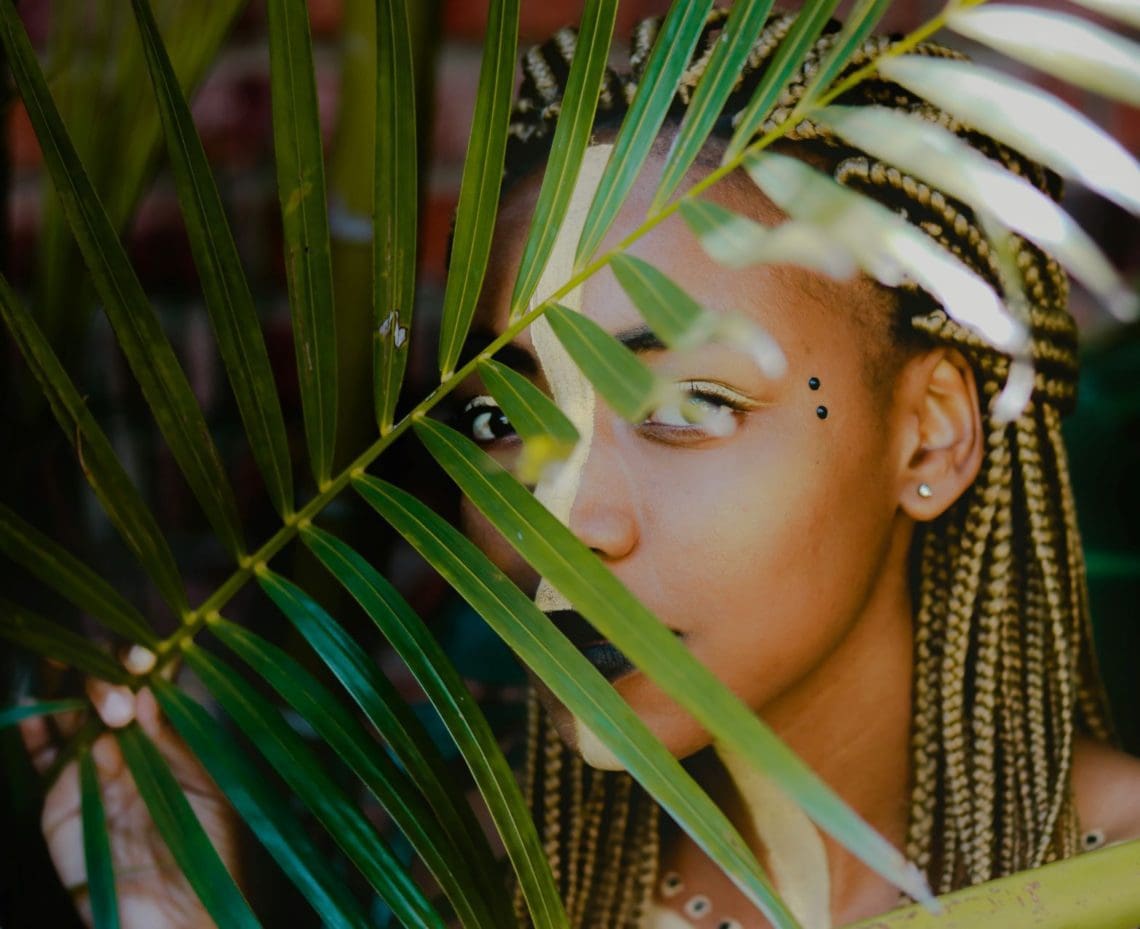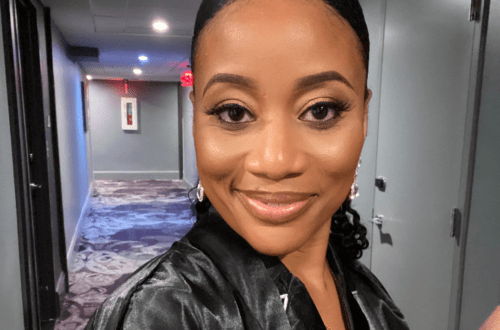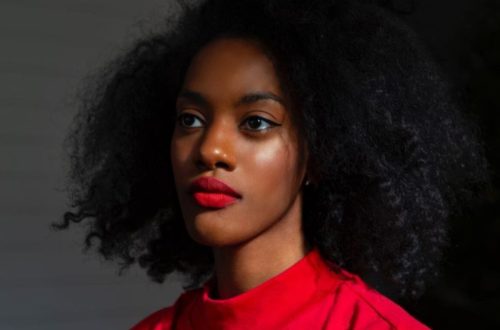
Protective Hairstyles: Simple Steps To Prevent Damage
Do Protective hairstyles protect your hair?
Protective hairstyles have come a long way since I donned them in my youth. Though many things have changed, our love for and reliance on them remains the same. No stranger to controversy, many opinions surround the use of protective styling. Depending on who you ask, they can be the key to your hair’s success or its demise.
If you’re confused about whether or not protective styling is right for you? Well, you’re in luck! Today we’re taking a more in-depth look at protective styling and exploring some common concerns surrounding them. Whether you’re a lover of protective styles, on the fence or, completely opposed, you’ll be sure to find simple tips that you can use to keep your hair protected.
What is a protective style?
A protective hairstyle is essentially any hairstyle that “protects” your hair from external stressors like environmental elements and over manipulation. They have been a staple in hair care since the beginning and can include styles like braids, twists, crochets, or wigs. Though typically created through the addition of synthetic or human hair extensions, all protective hairstyles do not require them.
Why we love them
The most apparent reason that protective hairstyles are a fan favorite is they provide a certain level of convenience, versatility, and style. A big selling point for protective hairstyles is perceived accelerated hair growth. In addition, they’re usually easy to maintain, provide a break for the daily care of our hair, and give a certain level of freedom.
What’s the big deal
While there is a significant upside to protective hairstyles, we often fail to consider the downside and risks that can be permanently damaging. The most significant areas for concern when wearing protective styles include damage, breakage, dryness, tension, and traction alopecia. If you are considering protective hairstyles, consider these simple steps to ensure your hair is protected:
- Start with healthy hair
- Protective styling does not make your hair healthy but can be particularly damaging if your hair is already at a deficit. Learn your hair’s specific needs. Focus on health and moisture levels, and consistently incorporate healthy practices into your hair care routine before committing to a protective hairstyle.
- Limit the time in protective styles
- Extended periods in protective hairstyles = extend periods of neglect for your hair. The downside of not having to touch your hair for several weeks is that you aren’t able to perform routine maintenance and healthy practices. If frequent protective styling is your thing, consider giving your hair breaks between styles to prevent excessive dryness, buildup, breakage, and bacteria growth.
- Avoid tight styles, and excessive friction
- Tight braids or twists, friction caused by wigs or crochets, and extreme manipulation destroy even the healthiest hair over time. Learn the signs of damage and irritation. Seek nonpermanent solutions to styling, and immediately takedown protective hairstyles that cause excessive stress, strain, or tension on your hair.
When managed appropriately and adequately prepared for, protective hairstyles can be a great short term alternative to your everyday hairstyles. They are not, however, and adequate substitute for the routine care and maintenance of your natural hair. To learn more about simple steps to improve and maintain the health of your hair, visit Bold Kulture Beauty. Connect with us today, and get the tools needed for success!





3 Comments
Pingback:
Emily
This information is timely. I just recently decided to be responsible for my hair care rather than rely on salons and the million ideas out there. I know it’s going to take a lot of time cause I have to know my own hair and what will work for me, however, I’m glad to find someone who has done the same. Thank you
kristal
You Re very welcome. I hope you enjoy the resources that I have provided to help you learn more about your hair and become successful on you natural journey.